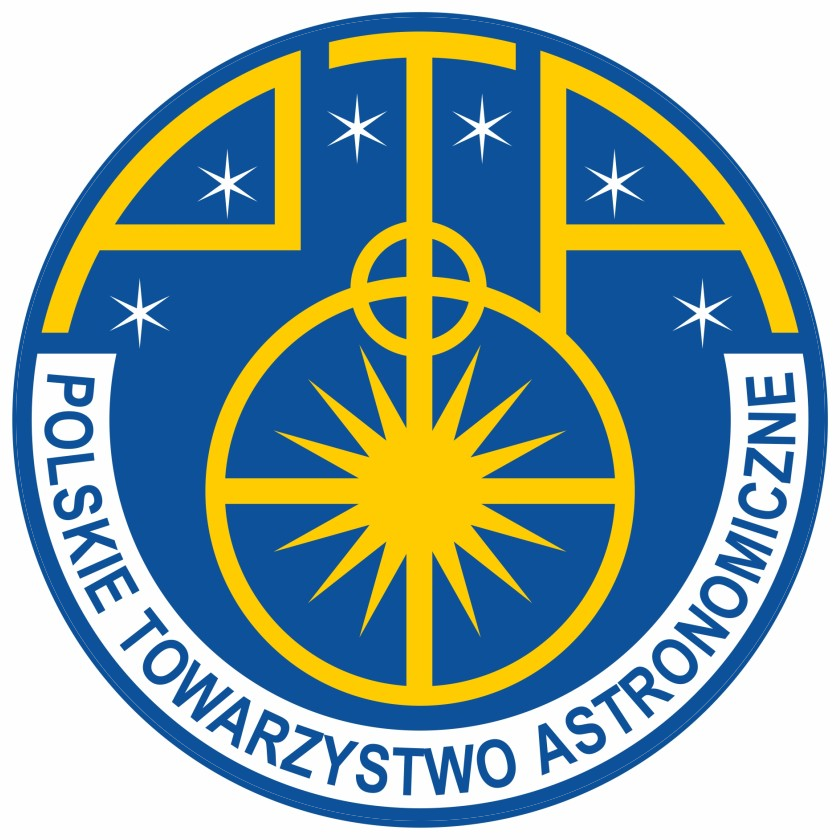Agnieszka Mirocha
Antares Foundation / Astronomical Observatory of Jagiellonion University
Session X: Poster session
Thursday 14th September 2023 12:00 – 13:00
abstract:
New discoveries of extrasolar planets trigger more questions about planet formation. Detailed studies of the physical and chemical processes at the earliest stages of stellar evolution are necessary in order to understand the initial conditions for planet-formation. For example, molecular outflows are commonly detected in the neighbourhood of protostars, transporting matter and energy outside the protostellar system. Strong outflows observed in massive star-forming regions have a strong impact on protostellar cores and molecular clouds, and even low-mass protostars may have an influence on the efficiency of star formation. In such environment, the emission of ultraviolet radiation affects the gas chemical composition and physical properties. Dedicated studies are necessary to characterise the mechanical and radiative feedback from protostars.
Some molecules can be used to trace UV radiation even in the highest-density clouds which are obscure to optical light. In our projects, we used IRAM 30m and SOFIA spectroscopy of atomic and molecular transitions from 63.2 to 691.5 μm to characterize outflows and UV radiation around protostars.
We obtained large-scale maps of far-infrared lines toward the Serpens Main low-mass star-forming region and the DR21 high-mass protostar and its outflow. We modelled HCN and CN emission from the Serpens Main region using the radiative transfer code RADEX to determine the gas physical conditions and molecular abundances. This information provided input parameters to use in an astrochemical model obtained with the Nahoon code in order to characterise the strength of the UV radiation. In the DR21 high-mass star-forming region, we quantified the outflow properties and perform a comparison with shock models. This way, we gained new insights into chemical and physical processes around young stars at the earliest stages of their evolution.
